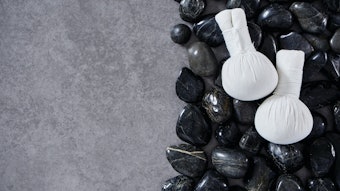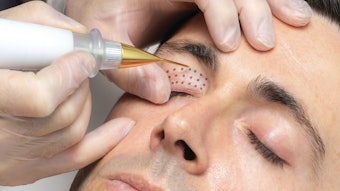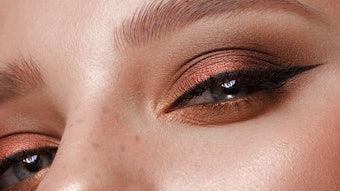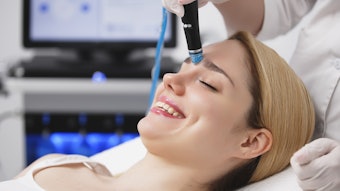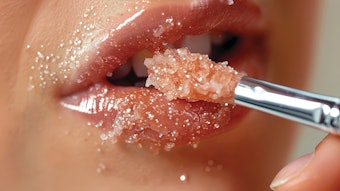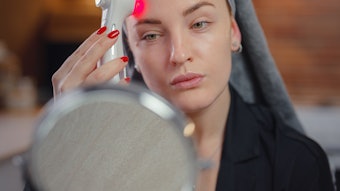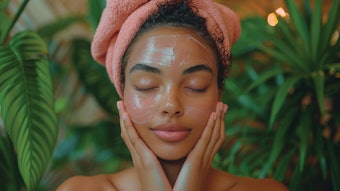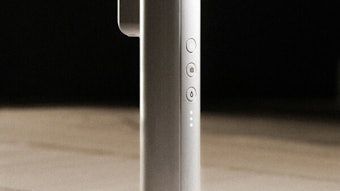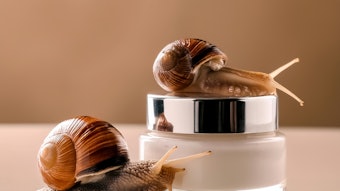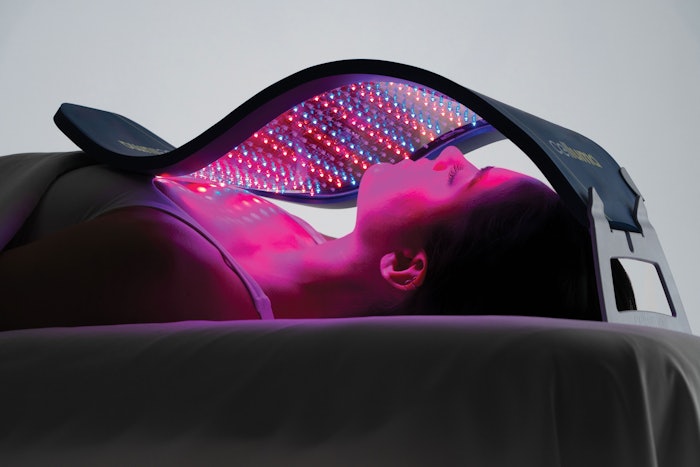
In the ever-evolving world of skin care, light therapy has become one of the most powerful tools in a professional aesthetician’s tool kit. LED (light-emitting diode) light therapy is a popular non-invasive, science-backed treatment that has proven particularly effective in treating acne. For skin therapists and dermatologists alike, understanding the mechanisms, benefits and best practices of LED light therapy can be pivotal in enhancing treatment outcomes and expanding service offerings.
A Historical Glimpse into LED Light Therapy
Initially used to accelerate wound healing in NASA astronauts, LED light therapy has since been adopted for a wide array of dermatological concerns. Its application for acne has garnered particular attention, thanks to its ability to target bacteria, inflammation, keratinocyte and sebum overproduction, without the need for more invasive procedures or pharmaceuticals.
The Science Behind LED Light Therapy
LED light therapy works by delivering specific wavelengths of light into the skin to trigger biological processes. Each color or wavelength of light penetrates the skin at different depths and elicits unique cellular responses. For acne, the most relevant wavelengths are:
- Blue Light (465 nm): Penetrates the epidermis and targets Cutibacterium acnes, the bacteria responsible for inflamed acne. Blue light activates porphyrins produced by the bacteria, leading to the release of singlet oxygen that destroys the bacterial cells.
- Red Light (640 nm): Penetrates more deeply into the dermis, stimulating collagen production, reducing inflammation and accelerating wound healing. Red light is especially effective for reducing post-acne redness and supporting the skin's repair process.
- Near-Infrared Light (880 nm): Though less commonly discussed in the context of acne, infrared light can also support skin rejuvenation, reduce inflammation and improve circulation, aiding in the healing of active breakouts.
What the Research Says
Numerous clinical studies support the effectiveness of LED light therapy for treating acne. A systematic review published in Dermatologic Therapy (2017) found that both blue and red light are effective in reducing inflammatory acne lesions, with most studies reporting improvement within 4 to 12 weeks of treatment. Patients experienced reductions in lesion counts, decreased sebum production and overall clearer skin with minimal side effects.
In a double-blind, randomized controlled trial published in The Journal of Clinical and Aesthetic Dermatology (2014), participants treated with a combination of blue and red LED light saw a 77% reduction in acne lesions after eight weeks, significantly outperforming the placebo group.
These results are compelling for professionals seeking evidence-based alternatives to topical antibiotics or systemic medications, particularly in an era where antibiotic resistance is a growing concern.
Advantages for Clinical Practice
LED light therapy presents a multitude of benefits for both practitioners and patients:
1. Non-Invasive and Painless
Patients often report a soothing, deeply relaxing spa-like experience during LED sessions. The treatment requires no downtime, making it ideal for clients who prefer non-invasive approaches or who are unable to tolerate more aggressive acne therapies like chemical peels or isotretinoin.
2. Safe for All Skin Types
Unlike laser therapies or certain exfoliating treatments, LED light therapy is safe for all Fitzpatrick skin types when used correctly. This versatility is particularly important in diverse clinical settings.
3. Adjunct to Other Therapies
LED light therapy can be combined with chemical peels, microneedling or nano exfoliation, microdermabrasion, extractions or topical products to enhance results. For example, using red light post-extractions can reduce inflammation and calm the skin, minimizing potential for post-inflammatory hyperpigmentation.
4. Compliance-Friendly
The simplicity and comfort of light therapy treatments increase client/patient compliance. Professional grade home-use devices are available for maintenance between professional sessions, to help patients maintain results. The is especially beneficial for teenage clients.
Practical Implementation in the Clinic
When incorporating LED light therapy into a professional setting, there are several considerations to ensure optimal outcomes:
Device Selection
Not all LED devices are created equal! Look for devices that are FDA-cleared, clinically tested and make sure to check that the device is actually cleared for the condition you wish to treat. If you are treating acne, you want an LED light therapy device that is indicated and cleared by the FDA for the treatment of acne. Make sure to purchase a device that combines multiple wavelengths (e.g., blue + red) to target both active acne and inflammation simultaneously, allowing for better results in the treatment room and more bang for your buck.
Treatment Protocols
Standard in-office treatment protocols typically involve sessions 2-3 times per week for 4 to 8 weeks, depending on the severity of the acne. Maintenance sessions may be recommended once weekly or bi-weekly thereafter.
Pre- and Post-Treatment Care
Double cleanse the skin thoroughly before treatment to remove oils, makeup or sunscreen that could block light penetration. After treatment, a hydrating serum or anti-inflammatory product can help soothe the skin.
Professional skin care manufacturers have product lines specially formulated for the various types of acne clients you may encounter. Design a home maintenance package that couples professional grade active ingredients with an at-home LED light therapy device FDA-cleared for over-the-counter (OTC) use. They offer the same efficacy and outcomes as in-clinic machines and can be rented or resold as part of an anti-acne program. With effectiveness and value in mind, a well-designed home maintenance plan will keep your clients satisfied and on-protocol while generating income and referrals for you and your practice.
Considerations and Contraindications
When used according to the manufacturer’s instructions, LED light therapy is considered extremely safe and low-risk. Contraindications are dictated by the regulatory agencies of the country that the device is sold in and are in place to protect practitioners and customers from potential legal ramifications.
LED light therapy is no longer a niche or adjunctive treatment and is now a scientifically-validated, client-loved solution for acne that blends efficacy with comfort and safety. For estheticians and dermatologists alike, integrating LED into acne protocols offers a modern, gentle and effective way to deliver real results.
As more clients seek alternatives to harsh treatments or long-term medication, the question becomes: Is your practice fully harnessing the healing power of light?
LED Acne Facial Sample Protocol
- Review light therapy contraindications and client history.
- Double cleanse and prepare the skin.
- Exfoliate the skin.
- Steam with a desincrustation or decongest type product.
- Perform extractions if appropriate and sterilize the skin.
- Position your LED light therapy device over the treatment area, as close as possible to the skin.
- Use blue and red LED light therapy for 20-30 minutes.
- Apply appropriate serums and moisturizers that rehydrate, soothe and protect the skin.
- Apply sun protection.
